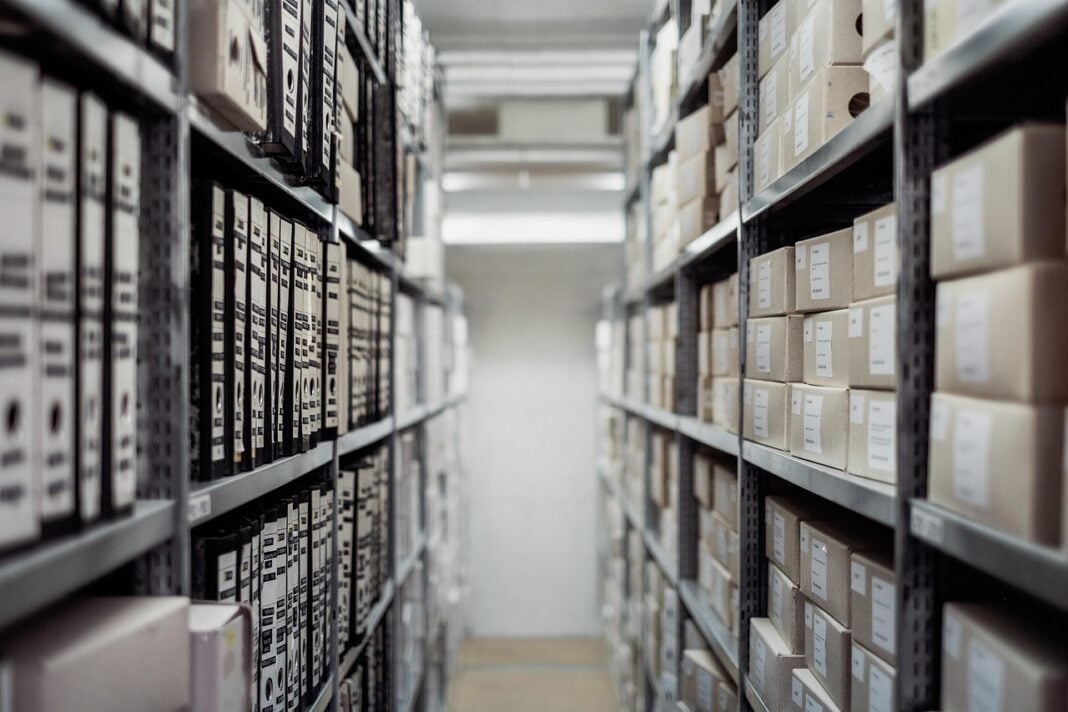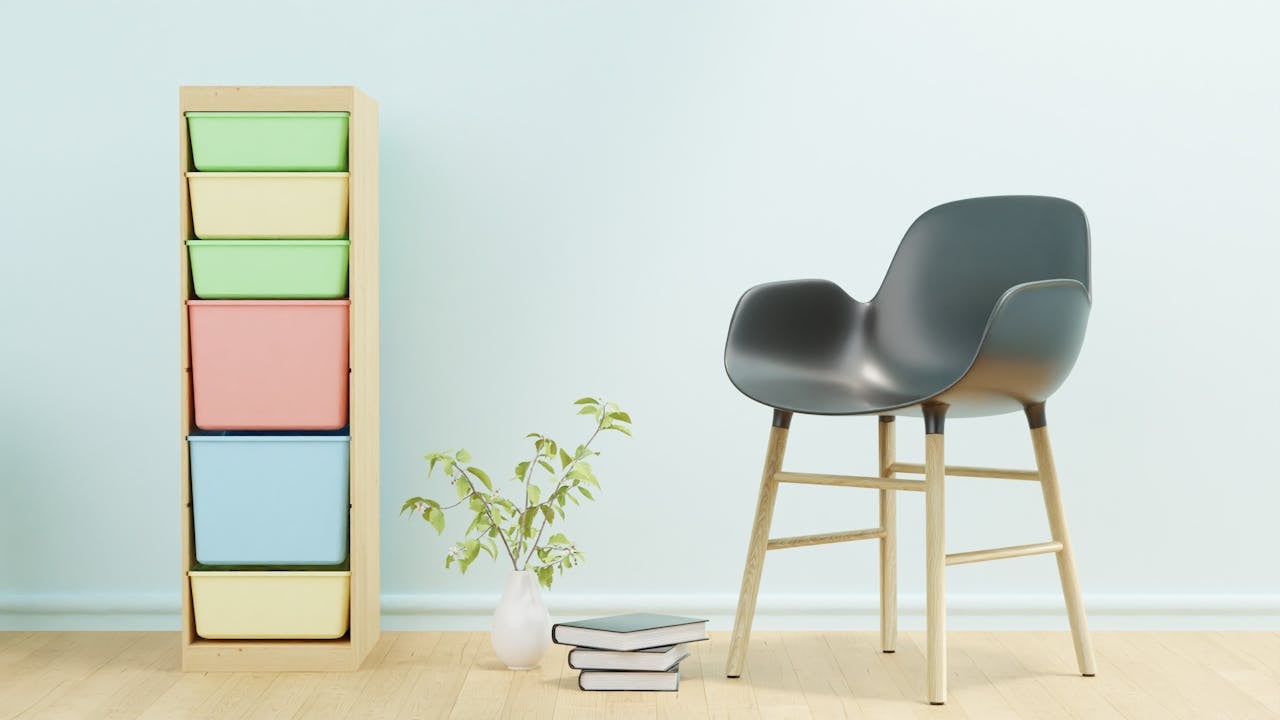Understanding how to effectively utilize a storage unit is crucial for anyone looking to free up living space without discarding valuable belongings. Many people find themselves overwhelmed with clutter as life progresses. Too many possessions can quickly lead to chaos in both homes and businesses. They often turn to self-storage solutions as a practical answer. Simply renting a storage unit isn’t enough. The key lies in employing intelligent strategies that optimize the use of space while ensuring cost-effectiveness.
The Importance of Choosing the Right Size
Determining the appropriate size of your storage unit is the first step toward a successful experience. Many storage companies offer different sizes, ranging from small lockers to larger units capable of accommodating furniture from an entire home. It may be tempting to opt for the smallest unit available in hopes of saving money. This decision can lead to unnecessary challenges. A cramped unit can make it harder to access your belongings, and it may force you to stack items precariously, risking damage to your possessions.
Evaluating your needs by creating an inventory list of items to be stored can ensure you select the perfect size. Choosing the right size involves comprehending how much you might expand your storage needs over time. Instead of just focusing on today’s requirements, take a moment to consider future demands. Families often accumulate seasonal items, children’s toys as they grow, or even business inventory. Selecting a unit that allows for future additions can stave off the hassle and expense of relocating to a new storage unit later. Therefore, understanding your specific requirements now can lead to greater satisfaction and flexibility in your storage solution.
Smart Packing Tips
Have you chosen the right size? The next step is maximizing space in your storage unit effectively. Efficient packing of your storage unit will allow for optimal utilization and easy accessibility. Start by grouping items based on their type or frequency of use. Label and keep everyday items near the entrance, while more infrequently used belongings can be stored further back. Not all items are created equal. Heavier items, such as furniture, should be placed at the bottom, while lighter boxes can be stacked on top.
This method maximizes space and makes it easier to retrieve items without needing to dig through several boxes. When it comes to packing techniques, make use of vertical space. Shelving can be a game-changer, providing multiple levels of storage. Consider clear boxes, which offer visibility and help prevent the dreaded digging through countless containers. Utilizing vacuum-sealed bags for clothing and textiles can significantly reduce the amount of space they occupy, allowing you to store more in the same unit. The overall goal is to create a method that looks organized and functions smoothly, making the best of your self-storage solution.
Climate-Controlled Options
Depending on the nature of your belongings, climate-controlled storage may be a worthwhile investment. Factors such as heat, humidity, and temperature fluctuations can hurt some items, particularly electronics, antiques, and valuable documents. Climate-controlled units maintain consistent environmental conditions, protecting your possessions from extreme weather changes.
While these options may come at a higher monthly cost than standard units, the peace of mind they provide can save money in the long run by preventing damage. If you decide that climate control is needed for certain items, evaluate the surrounding factors. Choose a facility with excellent air filtration and security. Seek out those that employ advanced monitoring systems to preserve climate integrity. It is crucial that you feel secure about the environment your items are being held in, after all, no one wants to discover their belongings have been compromised upon retrieval.
Location, Location, Location
The location of your storage unit can greatly impact both convenience and cost. Storage facilities situated in urban areas may charge higher monthly rates due to their proximity to population centers, while units in suburban and rural areas typically boast lower fees. Balancing cost with convenience is key. Choosing a location that is remotely accessible could result in added travel time and fuel costs.
Think about how often you will visit the storage unit to access your items. If you need to frequently retrieve belongings, opt for a storage center closer to your home or business. Finding the best location entails evaluating price and considering these practical aspects that directly affect your lifestyle. When searching for a storage facility, evaluate the security features offered, as safety should never be compromised for price. A location surrounded by efficient perimeter fencing, bright lighting, and monitored by cameras at all hours can provide confidence that your belongings will be secure, making your storage experience much more favorable.
Assessing Your Budget and Costs
It is vital to create a budget for your storage needs to avoid unexpected expenses. Beyond the monthly rental fee, consider associated costs such as deposits, insurance, and any additional services you might require, such as climate control or 24-hour access. Some facilities may offer special promotions or discounts for long-term rentals, helping to alleviate the financial burden.
As you explore options, it’s important to compare prices while ensuring proper service quality and security measures. Another area that often goes overlooked is the possibility of additional fees for late payments or unit upgrades. Being proactive about understanding these costs can aid in planning and budgeting, making your experience far smoother.
Understanding Lease Agreements
Every storage facility will have different lease terms, and understanding these agreements is vital before signing on the dotted line. Some storage units offer month-to-month leases, allowing flexibility if your storage needs change. Others might require a commitment of several months or even longer. Read all fine print carefully and clarify any uncertainties with the facility management.
Be aware of the penalties for early termination or late payments, as these can hinder your overall experience. Renting a unit should never feel like a gamble, and approaching it with clarity will save both time and money. Smart management of your self-storage solutions can transform a daunting task into a successful endeavor, fostering a positive environment for your belongings.
Assessing your self-storage needs with critical strategies can lead to better management of space and overall cost efficiency. By thoughtfully selecting the right size unit, adopting effective packing techniques, considering climate control, and choosing a convenient location, you can easily maximize the value of your storage experience. Being mindful of your budget and understanding lease agreements further ensures that you achieve the best possible outcome in your quest for a reliable and efficient storage solution.






